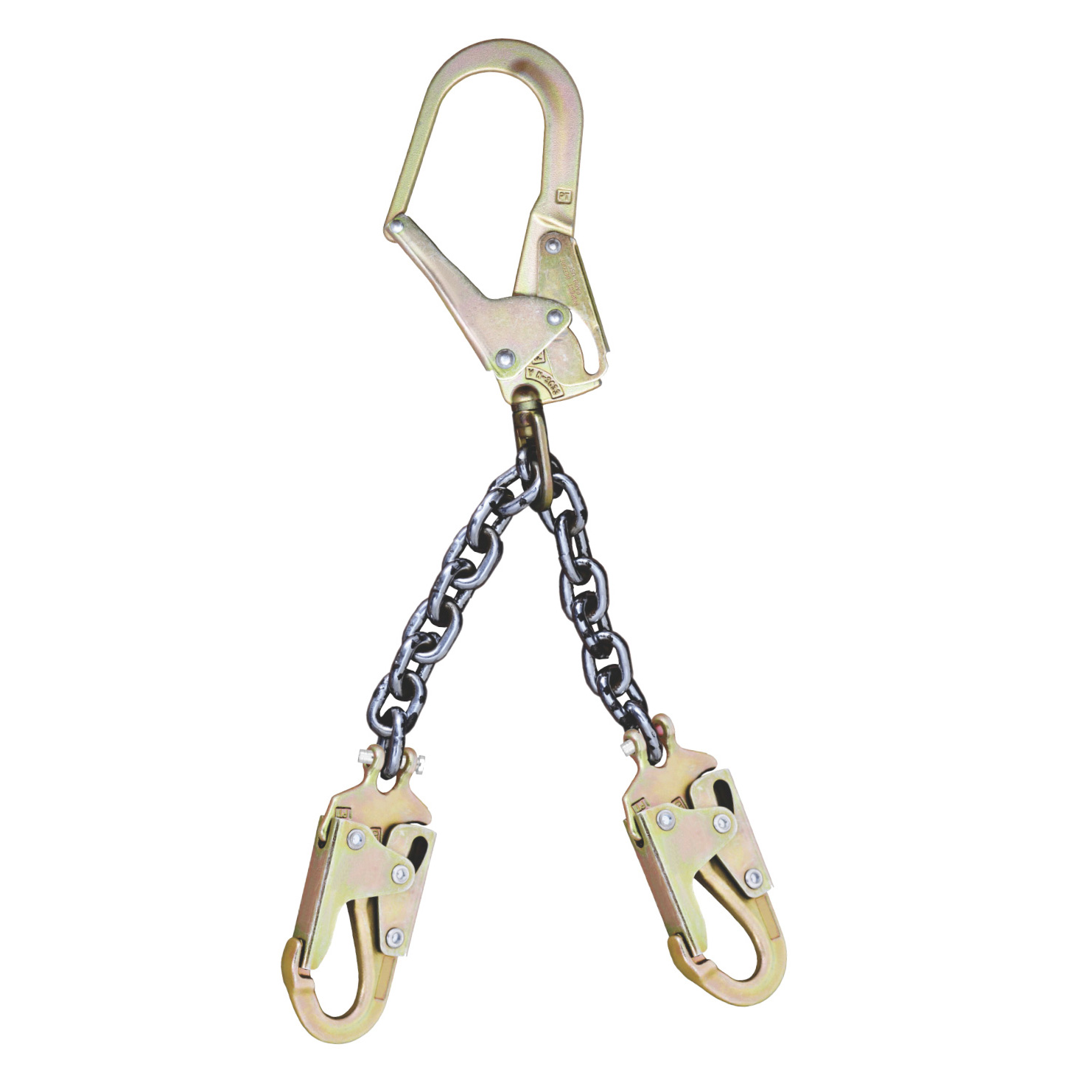The nature of a workplace accident will determine the extent of the investigation, the resources that will be needed, what types of investigative processes will be required and who will need to be interviewed. The following basic steps should be taken to complete a formal investigation:
- Gather information
- Interview witnesses
- Review existing documentation
- Organize and analyze the facts
- Develop the sequence of events
- Determine and report the cause(s)
- Make recommendations
- Implement solution(s)
- Write the report
Gather Information
Your primary goal in this step is to gather accident information that can give critical clues into the causes of the accident. To achieve this goal, you must first secure the accident scene. An accident scene can be secured with cones, caution tape, or by locking a door or stationing a person to watch the scene. Once the accident scene is secure, you can collect information by photographing or sketching the scene; recording video; or reviewing recorded information, such as security videos.
Interview Witnesses
Witnesses are the best resource for gaining an understanding of how the accident occurred and the conditions that led to the accident. Witnesses include people who saw the accident, the injured person(s) and others who may have contributed to the accident. This can include supervisors and trainers, maintenance personnel and anyone else tied to the investigation.
When interviewing these people, it is important to remember emotions can run high in the wake of an accident, especially a catastrophic one. Try to put the witnesses at ease by:
- Explaining your purpose and role.
- Sincerely expressing concern regarding the accident and desire to prevent a similar occurrence.
- Listening with a calm, attentive and unhurried demeanor.
- Keeping an open mind.
Review Existing Documentation
When searching for information, investigations should not stop at the scene of the accident, physical evidence or the individuals involved. Documents related to the incident can provide insight into the causes of an accident, especially root causes. Some examples of useful documents are:
- Technical data sheets
- Health and Safety Committee minutes (in situations where a Safety Committee exists)
- Inspection reports
- Company policies/procedures
- Maintenance reports
- Injury and illness logs
- Past accident reports
- Job-hazard analyses and safe-work procedures
- Training records and reports
- Work schedules
- Other documents that may substantiate safety-related systems in the area of the accident
Organize and Analyze the Facts
When all the evidence is collected and interviews are complete, a timeline of the accident should emerge. Each event on the timeline describes an actor and action. The actor effects change through action or inaction. Actors do not have to be employees; equipment or processes can impact the system to precipitate an accident.
It may take a great deal of time to determine any weaknesses in management systems or other root causes that contributed to the conditions and practices associated with the accident.
Develop the Sequence of Events
When developing the sequence of events, don’t hesitate to stretch the timeline further back as deeper causes begin to emerge. Accidents often result from long-term oversight and failures that have taken some time to have a negative impact.
If gaps in the timeline are apparent, you will need to fill them. If re-interviewing witnesses or investigating the evidence fails to fill the gaps, develop a “best guess” supported by the rest of the timeline and available evidence.
The sequence of events should describe what happened in such a way that someone unfamiliar with the processes can understand what most likely happened.
Determine and Report the Cause(s)
Just as a timeline materialized when detailed information became available, the cause(s) for the accident should also emerge during the investigation. It is important to ensure the investigation determines the root cause of the problem. Behaviors and conditions that ultimately result in an accident identify the root cause.
In the report, you must give a brief synopsis of the occurrence and provide the details that emerged exposing the cause of the accident. The cause could be as simple as the employee not following company policy and procedure or as complex as the failure of the policy or procedure to encompass the operating procedures for a new piece of equipment.
Make Recommendations
While an accident investigation is partly a reactionary safety process, if it ends in recommendations for effective control strategies and system improvements, the investigation helps prevent similar accidents from occurring in the future. Your recommendations should include detailed preventive actions making it very difficult, if not impossible, for the accident to recur.
You may need to interview subject-matter experts, management and the Safety Committee (where a Safety Committee exists), as well as review state and federal regulations to provide all the types of in-depth recommendations required to prevent another occurrence of the same accident.
Implement Solutions
Once the recommendations have been made, the solutions should be documented in the company policy or procedure and the changes implemented. Record the solutions in the formal Accident/Incident Report.
Write the Report
An accident investigation is not complete until a report is prepared and submitted to proper authorities. In incidents when a fatal accident occurred or an employee was injured, OSHA will need to be notified. In most other instances, you should submit the accident report to a labor union or company ownership. In some cases, a more extended report will be necessary. Such reports are often very elaborate and may include a cover page, title page, an abstract, a table of contents, commentary or narrative portion, discussion of probable causes, and conclusions and recommendations.
Reports should be kept on file a minimum of three years in case a similar incident occurs; an investigator must be able to refer back to your report.
It is important to conduct thorough accident investigations to determine the root cause of an incident, so that steps can be taken to ensure future incidents do not occur.





Be the first to comment on "Keys to an Effective Accident Investigation"